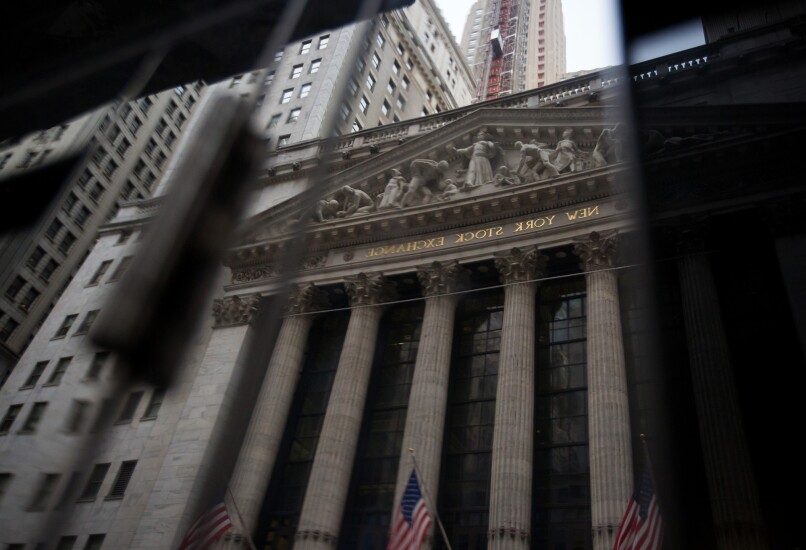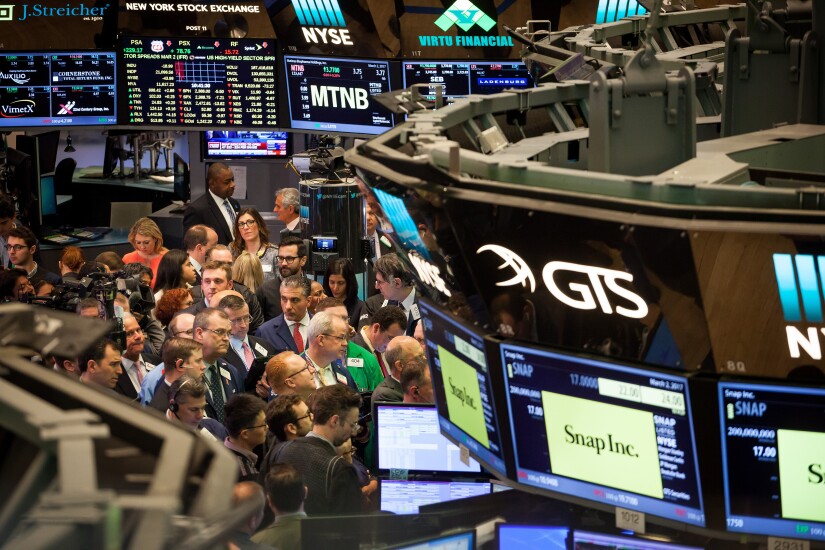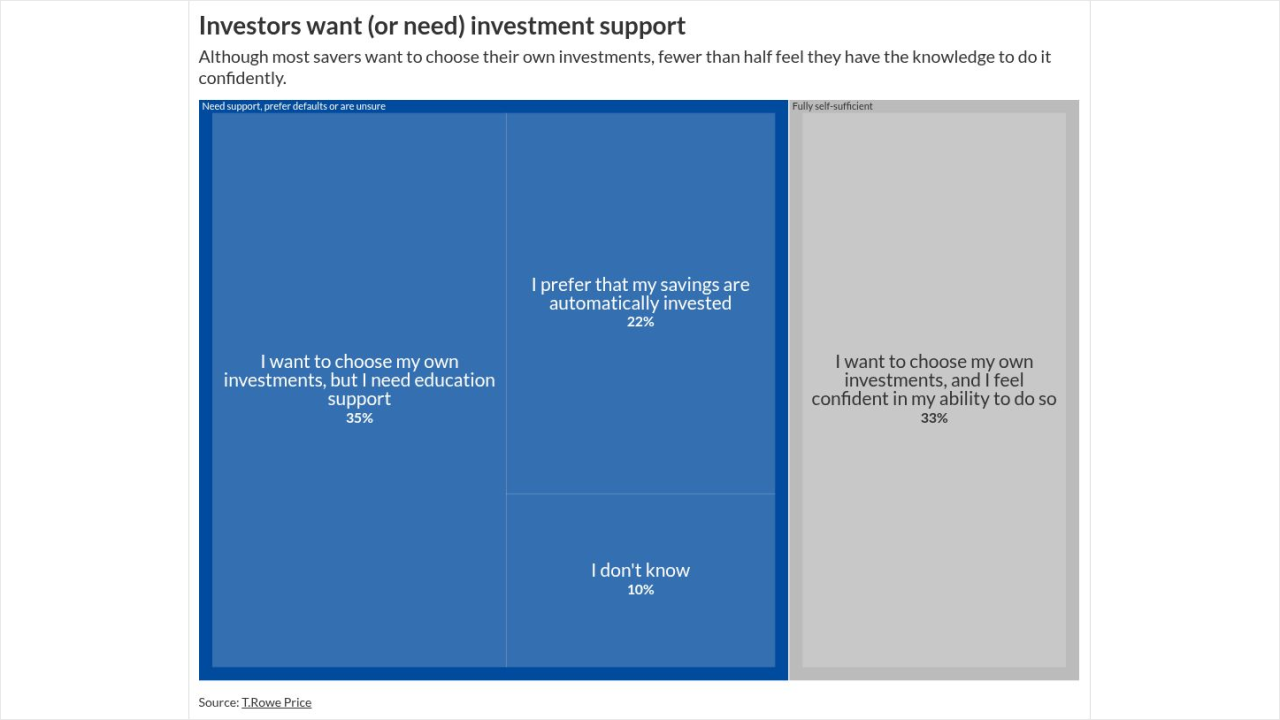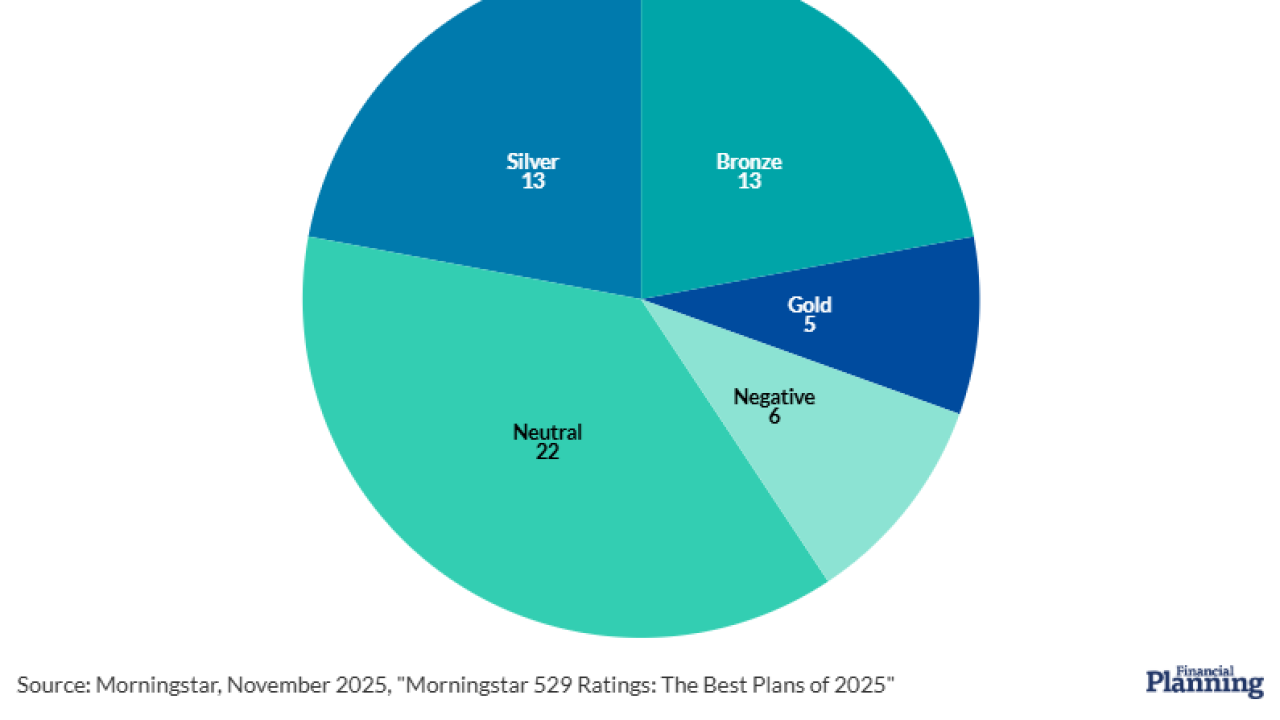
We can all benefit by learning from our investing mistakes thus far, and tweaking our strategy going forward. Here are 10 lessons we can teach our clients that are likely to work for the rest of the century.

1) Stocks are really risky (really)
Sure, trying to predict future stock performance is an exercise in futility, but you can predict with near certainty that high-quality bonds will have far less volatility than stocks in the long run. As I remind my clients, stocks are riskier in a day than high-quality bonds are in a year.
Yet in the past several months, I’ve had new clients come to me with portfolios even more aggressive than I saw in 2007, just before the 2008 stock market plunge. I chalk it up to this bull being far fiercer than the 2007 bull, as measured both in time and magnitude. That and the fact we really do have short memories.

2) U.S. stocks don’t give enough international exposure
Yet international stocks trounced U.S. stocks in the first half of the 17-year period and badly underperformed in the second half.
There wouldn’t be such divergences in performance if U.S. stocks alone gave enough foreign exposure, demonstrating, yet again, that high correlation doesn’t mean the same total returns.
Regardless of whether international stocks outperform the U.S. this year or just the opposite, my advice to clients is always to own the world.

3) Stocks for the long run can be longer than clients can wait
We all know that stocks are for growth and that, in the long run, stocks outpace bonds. Much as I agree, the long run can be well over a decade.
For instance, in the first 17 years of this century, bonds have slightly outpaced U.S. stocks and trounced international stocks.
Help your clients understand their investment horizon and set the allocation according to that horizon.

4) Break the addiction to prediction
It bears mentioning that few forecasted such plunges. While economist Gary Schilling correctly called the 2008 crash (both real estate and stocks),
Even economists
Such bad calls aren’t new to this century. I try to help my clients break their addiction to prediction by reminding them that the market has already priced in known information, and to embrace the reality that nobody knows the near future.

5) Don’t bail on bonds
Still, few had the intestinal fortitude to buy when stocks plunged in 2002, and especially in 2008.
Sticking to just about any asset allocation would have worked, as it meant one would have required selling after stocks surged and buying after a plunge to get back to target allocation.
To rebalance, however, one would have to own high-quality bonds or bond funds. According to Morningstar, the average taxable bond fund lost nearly 8% in 2008, and many bond funds lost 20% or more. That’s because people bought risky bond funds to try to eke out an extra half percent in yield.
The bond funds in the graphic on the first page are mostly backed by the U.S. government. The fund gained 5.05% in 2008. Though bonds are unlikely to perform as well as they have so far this century, tell your clients not to bail on bonds. Sell some only to rebalance after bonds have outperformed stocks.

6) Market plunges are not alike
In the first crash of the century, small-cap value outperformed the rest of the market and precious metals and mining stocks and REITs did quite well. So, many advisers built portfolios heavily weighted in the asset classes that did the best during those three years, and I saw Monte Carlo simulations based on the recent past that assumed these asset classes would do well in the next market downturn.
The problem is that no two crashes are alike. For instance, in the 2008-2009 crash, value stocks were heavily weighted in financials, and real estate got slaughtered. Even precious metals and mining stocks got hammered and did not recover as fast as financials and real estate.
Don’t build a portfolio based on what worked in a single market plunge.

7) Alternatives have had low correlation but bad returns
At the same time, they typically have very high costs.. As I tell my clients, I could take half my portfolio and gamble in Las Vegas and it wouldn’t be correlated to stocks, yet that doesn’t make it a smart thing to do. Tell your clients that any investment with a low correlation to stocks must also have a reasonable expected return.

8) Narrow bets have worse market timing

9) Costs matter (part duh and part shocker)
But after 27 years of index investing, what has truly shocked me is that currently over 43% of money in US stock funds is in index funds. This is an increase from less than 12% as we entered the 21st century. I never dreamed indexing would catch on as much as it has. Clients are finally connecting the dots between costs and return, and money is pouring out of expensive funds into low-cost, tax-efficient funds. The trend is likely to continue for some time. Hopefully, your clients will be more conscious of costs as well.

10) Investing based on the recent past is a mistake — which we keep making
As I explain to clients, we are all emotional beings who are not particularly efficient learners and regularly repeat mistakes. These 10 lessons may help your clients avoid the kind of investing mistakes that take from their return. Though, of course, they won’t work every year, I believe they will make the next 17 years of investing far more successful.





